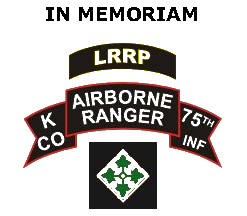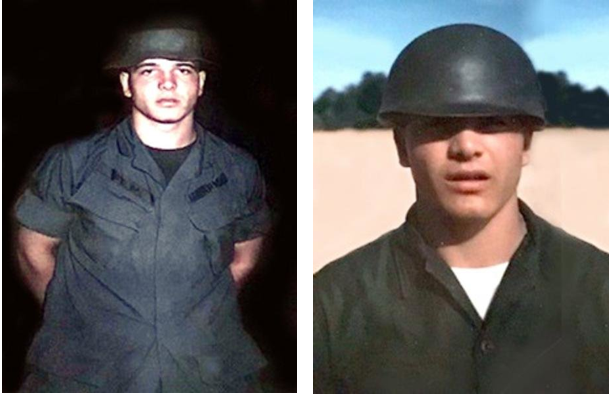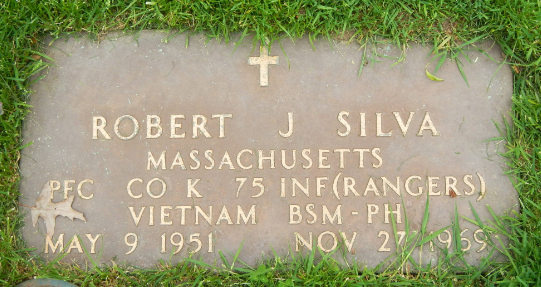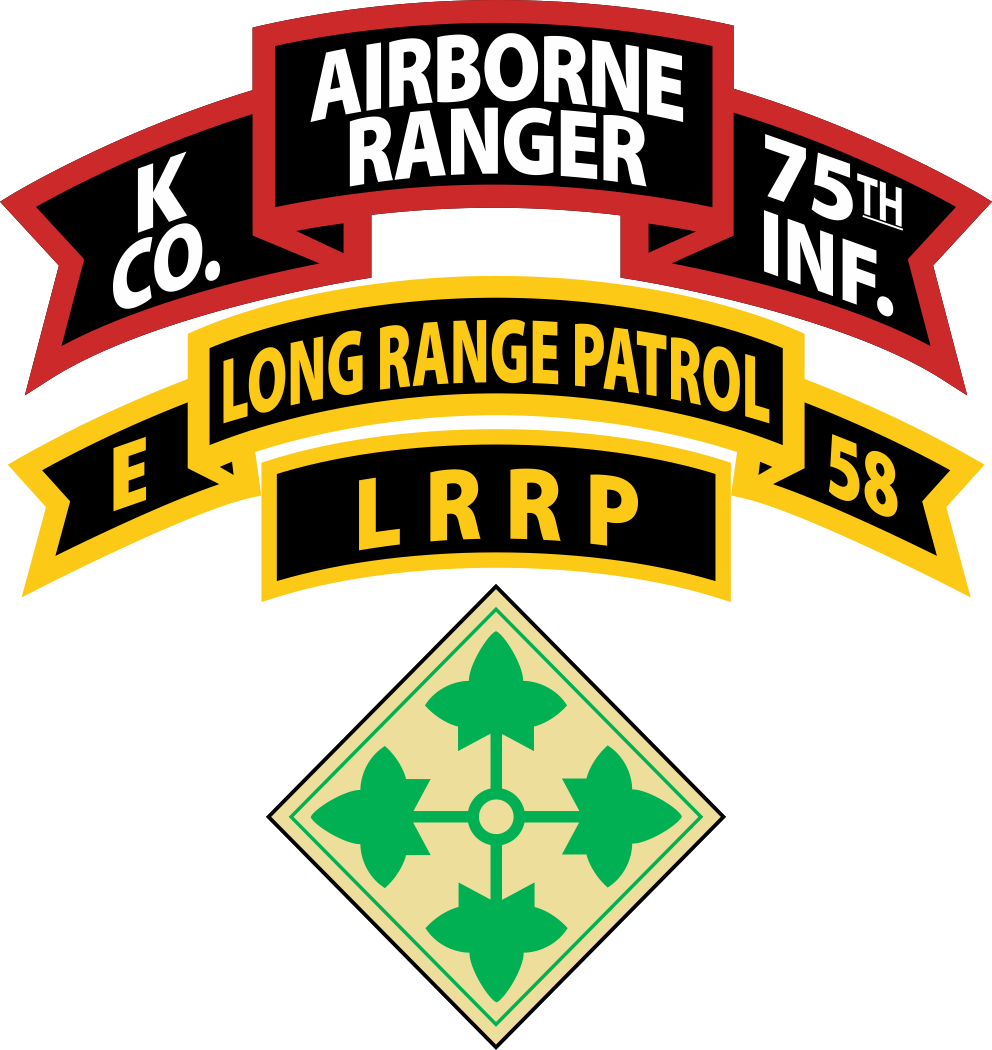
ROBERT JOHN SILVA
May 9, 1951 – November 27, 1969
Killed in Action in Vietnam

Bobby was born in Cambridge, MA to father Alfred Silva (1911 – 1971) and mother Barbara Cashman Silva. The family ncluded brothers Alfred Silva, Daniel Silva, John Silva, and his sister Barbara Jane Silva. At the time of Bobby’s death, his brother Alfred was just beginning his training in the US Army and was sent home for the funeral. The family relocated early in his life to the hardscrabble city of Somerville on the outskirts of Boston.
Bobby decided to serve his country during a time when many tried every conceivable way to avoid that adventure. Bobby voluntarily enlisted after high school, graduated Advanced Infantry Training, then went to Ft. Benning where he joined the elite Paratroopers after successfully completing jump school. He soon found his way to the big, bad, Central Highlands of Kontum Province in Vietnam. Upon his arrival in Vietnam, in October of 1969 he was assigned to an Infantry Company in 4th Infantry Division, but when other paratroopers invited him to join the LRRPs, he jumped at the chance to excel once again and became a proud patrolling member of K. Co., 75th Inf. (Ranger). It was the choice not many made but none who did ever regreted. Bobby’s first days in the unit were filled with anticipation and a bit of intimidation. New members always wondered if they would be able to uphold the legacy of the many legendary Rangers they were now part of. To be a member of a 4-man Ranger team alone in the home jungle of your enemy was the very definition of dangerous. To be a newly assigned and an inexperienced Ranger exacerbated the danger as was borne out on November 27th, 1969.
Four days before, on the 23rd, Ranger Team R-30 led by SSG Mike Smith of Ashland, KY, had been inserted onto an abandoned Firebase, Coordinates 999-219 on map Bao Duc 6532-2,. It was a hilltop running 1 KM West of Hwy 8B. The FB was cleared and surrounded with remants of the barbed wire once used to secure it. There were many empty emplacements and the remainder of structures once protecting friendly forces. The team stayed 4 uneventful days doing their assigned task. Knowing the enemy often left “booby traps” in expectation of units returning to abandoned sites, R-30 remained vigilant and restricted their movement to their relay location and the LZ which had previously been used when the FB was active. When the time came to be extracted, the chopper approached and inserted team R-8 while R-30 jumped on the same chopper and lifted off.
Upon being inserted, R-8 serupticiously moved towards a location further South than R-30 had ventured. The intent was to locate a site conducive to both communications and defense. R-8 was alert to the danger inherently present whenever increased helicopter traffic alerted the enemy to possible LRRP presence. While moving to choose a relay site, the team came upon what appeared to be a trip wire with a grenade attached. The TL instructed both Rangers PFC Ken Smolarek and PFC Robert Silva, both on their first mission, to remain at the booby trap while he and the ATL surveyed the immediate area for additional hazards. The TL reported that after moving 15 or 20M down the trail they heard the booby trap detonate. There were no witnesses to help us understand what happened, only the two mortally wounded Rangers. While we will never know what caused the detonation, we know they died our brothers.
A short time after lift-off, R-30 was summoned back to the LZ they had just left to recover R-8 and the casualties. R-30 TL Mike Smith recalled, in his “After Action Report” dtd 11/27/1969, “After extracting the team I tried to revive one of the wounded men but could not find a pulse or a vein to give him blood.” The chopper immediately evacuated the wounded men to the 71st Evac where both expired.
Bobby joined K 75th despite the extreme risk, perhaps because of it. Many people have asked why would one do that. There are as many reasons for their choice as there are men. All share the trait of courage and willingness to give their all for their brother Rangers and their country. Some Rangers are never placed in mortal danger, while others seem to attract it. The unusual circumstances of their death cannot diminish the courage and heroism shown by these Rangers when they chose to become Rangers. Some Rangers are destined to die surrounded by expended brass and the bodies of their enemy, others will die many years after their service, unharmed and surrounded by their loved ones. All will be remembered as having been among the best this nation can send to war. All are heros. They never needed to show their courage with results, their decision to risk everything for the promise of nothing made that un-necessary.
Ranger Kenneth Robert John Silva died at the age of 18 surrounded by his comrades who, to this day, remember him and carry his memory in our hearts. He was laid to rest, with military honors, in Somerville Veterans Cemetery, Somerville, Massachusetts. In addition to several other awards and decorations, he was awarded a Bronze Star, a Purple Heart, his “Jump Wings” and the coveted Combat Infantryman’s Badge. His name is inscribed and honored on the Vietnam Memorial Wall at Panel 16W, Line 127 in Washington, DC by an eternally grateful nation.


